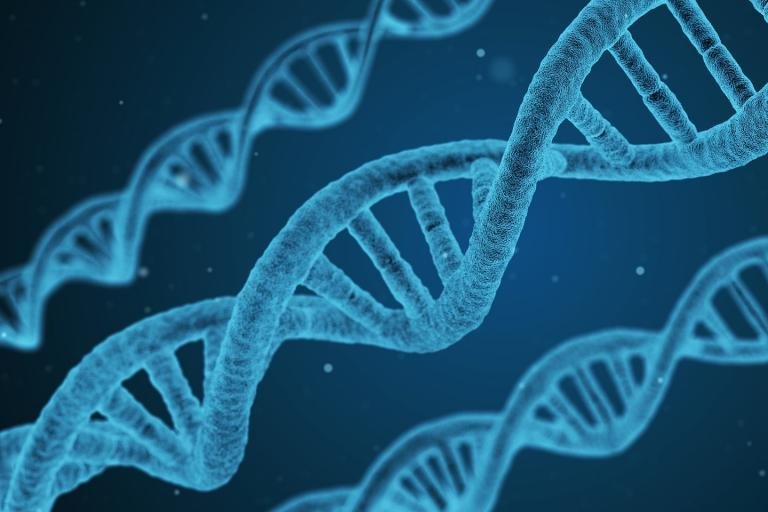Researchers' new technique in gene editing improves the precision of the DNA technology and moves it closer to treating a wide variety of genetic diseases, according to a study. Photo by
qimono/pixabay
April 13 (UPI) -- A new technique in gene editing greatly improves the technology's precision, so much so that it may one day treat some genetic diseases, according to a new study.
At the University of Alberta, researchers have improved the accuracy using the guided biomachine in the body to seek out defective gene sequences in each cell and edit in the correct information. Their findings were published Friday in Nature Communications.
They have filed a patent on their discovery and want to partner with a pharmaceutical company to use it for treatment of diseases, including muscular dystrophy, hemophilia and some cancers.
The tool called Clustered Regularly Interspaced Short Palindromic Repeats, or CRISPR, combines a scissor-like protein called Cas9 and a guide molecule that seeks a precise site in the genome. Then, Cas9 snips the DNA, which disables the targeted gene.
"While numerous studies have focused on engineering or otherwise modifying the Cas9 enzyme, few have investigated the possibility of altering the sequence or structure of its crRNA to improve specificity," the researchers wrote.
The genes occur naturally in bacteria, which use it for protection against their natural predators, called bacteriophages.
"It allows bacteria to store information about previous infections and then use it to seek out and destroy the DNA of new invaders by cutting it," Hubbard said in a release. "What researchers have realized is that this system can be programmed to cut a specific DNA sequence in a human cell also, allowing us to edit our genes. One of the main issues, however, is that the system is not perfectly specific -- sometimes it cuts a similar but incorrect gene."
The Alberta team's BNA guide molecule was more stable and stringent seeking the right DNA to cut.
"Our research shows that the use of bridged nucleic acids to guide Cas9 can improve its specificity by over 10,000 times in certain instances -- a dramatic improvement," Hubbard said.
In the past, the Cas9 system made a mistake about 1 percent of the time.
"However, given that there are trillions of cells in the human body, even one percentage off is quite significant, especially because gene editing is permanent," he said. One wrong cut and a patient could end up with a serious condition like cancer.
The scientists still have to figure out how to deliver it effectively into the human body.















